Understanding Genuine Leather: Quality and Craftsmanship
Genuine leather, often regarded as a symbol of quality and durability, sets itself apart from other types of leather and synthetic materials through its distinct characteristics. Unlike bonded leather, which is a composite of leather scraps and adhesives, genuine leather is crafted from a single piece of animal hide. This process ensures a superior level of durability and a more authentic, natural look and feel.
The leather grading system plays a crucial role in determining the quality of a leather product. Genuine leather, while not the highest grade, still offers substantial benefits. It is more robust than bonded leather and synthetic leather, providing a longer lifespan and the ability to develop a unique patina over time—a hallmark of high-quality leather.
The tanning process is pivotal to the quality of genuine leather. There are two primary tanning methods: vegetable tanning and chrome tanning. Vegetable tanning, an ancient method using natural tannins found in tree bark, results in a durable and environmentally friendly leather with a rich, natural color. Chrome tanning, on the other hand, uses chromium salts, producing a more supple and uniform leather. Both methods have their merits, but vegetable-tanned leather is often prized for its ability to age beautifully.
Craftsmanship is another cornerstone in the creation of a high-quality genuine leather belt. It begins with the careful selection of the hide, ensuring minimal imperfections. Skilled artisans then cut the leather to the desired width and length, followed by intricate stitching that enhances both strength and aesthetic appeal. Finishing touches such as edge painting and polishing add to the belt’s refined appearance and longevity.
Identifying a genuine leather belt involves examining its texture, smell, and construction. Genuine leather typically has a grainy texture and a distinctive aroma absent in synthetic materials. The edges of the belt should be smooth and well-finished, and the stitching should be even and tight, indicating skilled craftsmanship.
Investing in a genuine leather belt offers long-term benefits. Its durability ensures it withstands daily wear and tear, while its ability to develop a patina means it will only improve with age, providing a unique, personalized accessory that stands the test of time.
Choosing the Right Genuine Leather Belt for Your Style and Needs
When selecting a genuine leather belt, it is essential to consider various factors that will ensure it complements your wardrobe and meets your specific needs. The first step is to determine the correct belt size. To do this, measure your waist or the waistband of the trousers you intend to wear with the belt. Generally, your belt size should be 1-2 inches larger than your waist size. This ensures a comfortable fit without the belt being too tight or loose.
The style of the belt is another crucial aspect. Dress belts, typically thinner and more refined, are perfect for formal occasions and should match the color of your dress shoes. Casual belts are often wider and sturdier, making them suitable for everyday wear with jeans or chinos. Specialty belts, such as braided or tooled leather belts, offer unique designs ideal for adding a distinctive touch to your outfit.
Matching belts with different outfits is an art. For formal attire, a sleek black or brown dress belt with a polished buckle is ideal. For casual wear, earth-toned belts with matte or antique buckles pair well with denim or khakis. Specialty belts can be matched with specific outfits for a standout look, but ensure they do not clash with other accessories.
Buckle types significantly impact both the aesthetic and functionality of the belt. Traditional buckles, with a single prong and frame, are versatile and suitable for most occasions. Automatic buckles offer ease of adjustment and a modern look, while box-frame buckles provide a rugged, utilitarian style. Choose a buckle that aligns with your personal style and the occasions you plan to wear the belt.
Color selection is pivotal in creating a cohesive look. Black and brown are classic choices that offer versatility. However, exploring other hues, such as tan, navy, or even burgundy, can add depth to your wardrobe. Ensure the belt color complements your shoes and other leather accessories to maintain a harmonious appearance.
Proper care is vital for maintaining the appearance and durability of a genuine leather belt. Regularly clean the belt with a damp cloth, and apply a leather conditioner to keep the leather supple. Store the belt in a cool, dry place, preferably hanging or rolled up, to prevent creasing or warping.
When purchasing a genuine leather belt, consider reputable brands known for quality craftsmanship and value. Look for belts made from full-grain or top-grain leather, as these types offer superior durability and a polished look. Investing in a high-quality belt ensures it will be a long-lasting accessory in your wardrobe.

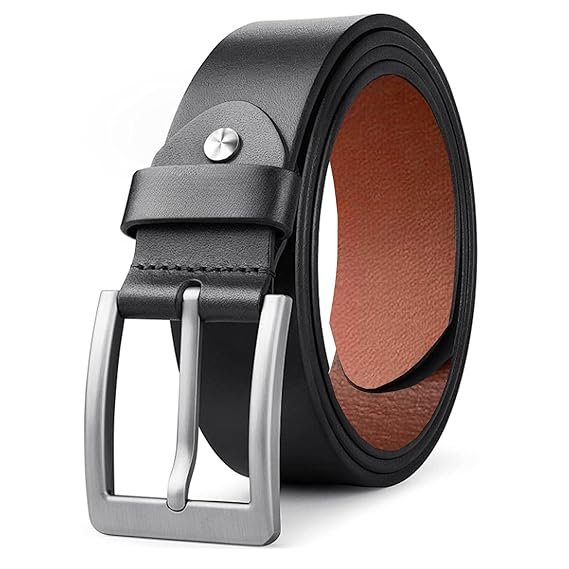

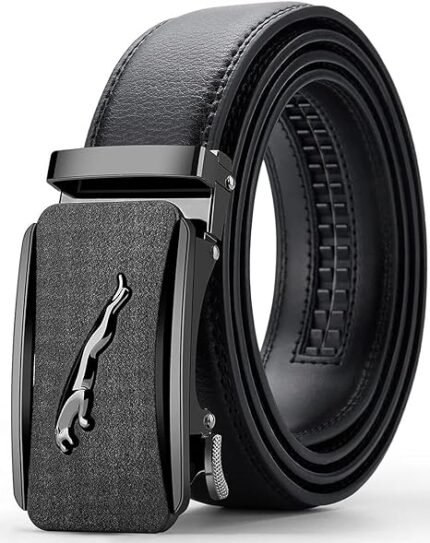
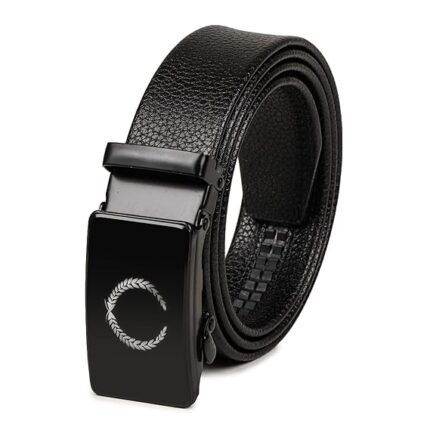


















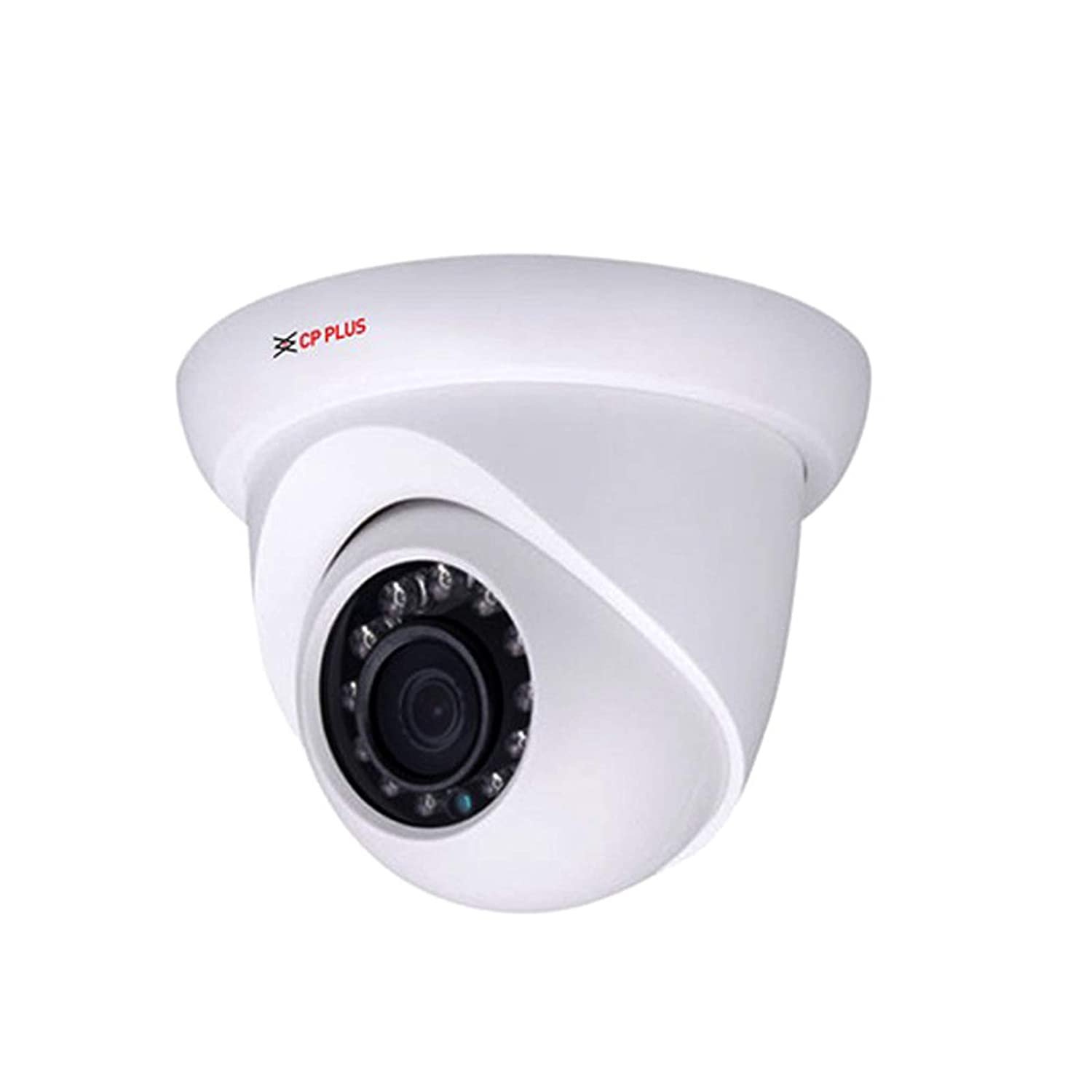
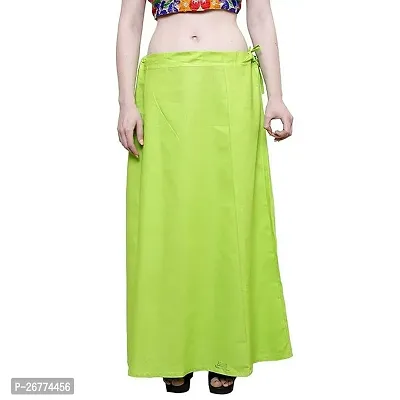

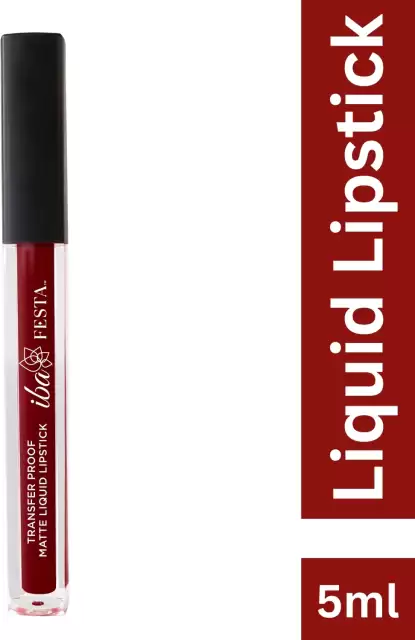


Reviews
There are no reviews yet.